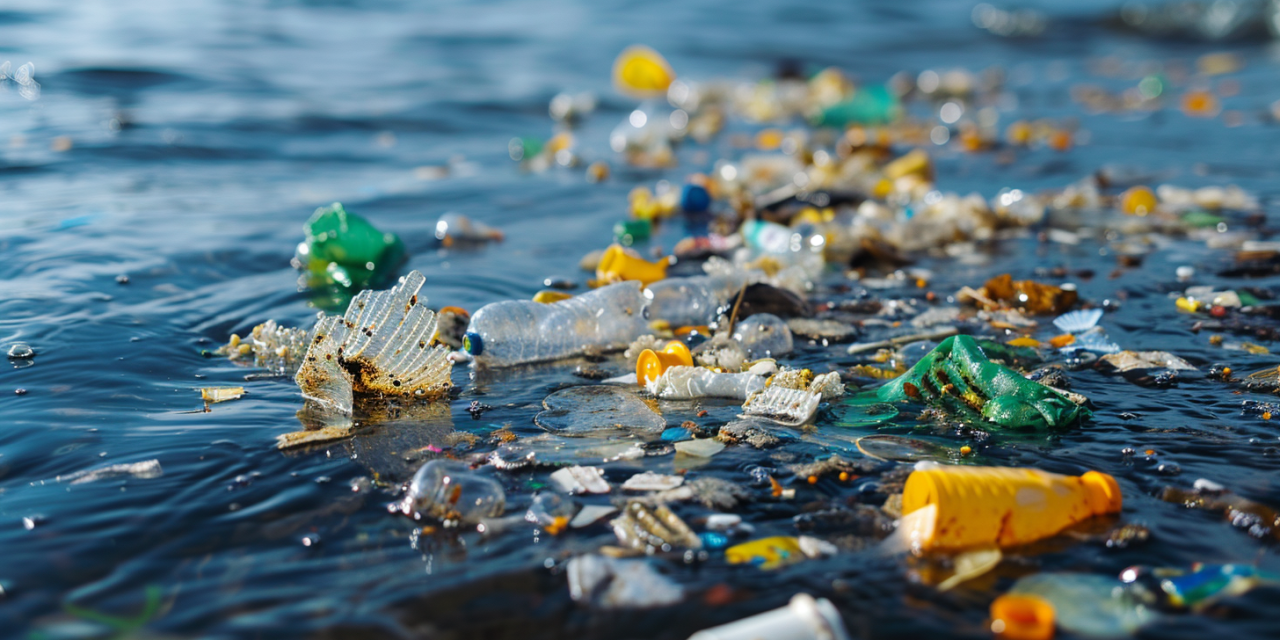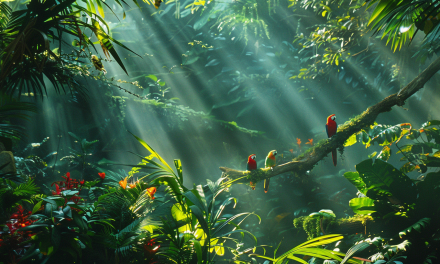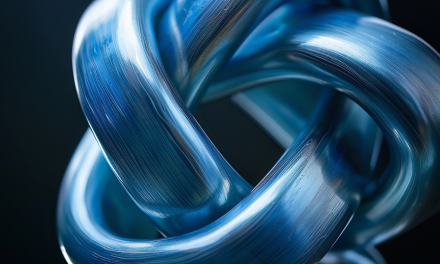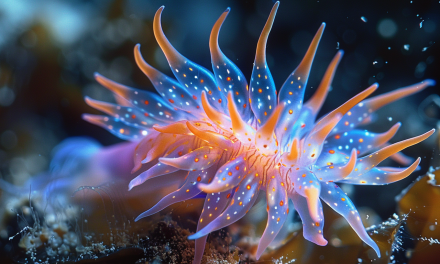Plastic pollution is one of the most pressing environmental issues of our time. With millions of tons of plastic waste entering our oceans every year, scientists have been searching for innovative solutions. One of the most promising developments in recent years is the discovery and engineering of plastic-eating bacteria. But can these microscopic organisms really help solve our massive plastic problem?
The Accidental Discovery
In 2016, Japanese scientists made a groundbreaking discovery at a plastic waste facility. They found a bacteria species, Ideonella sakaiensis, that could break down polyethylene terephthalate (PET), one of the most common plastics used in water bottles and clothing fibers. This bacterium produces enzymes that can decompose PET into its basic chemical units, which can then be reused to create new plastics.
How It Works
The process works through enzymatic action. The bacteria produce enzymes – PETase and MHETase – which break the chemical bonds in PET, effectively “digesting” the plastic. This process turns the plastic into terephthalic acid and ethylene glycol, the basic building blocks that can be used to make new PET plastic or other materials.
Recent Advancements
Since the initial discovery, researchers have been working to enhance the efficiency of these plastic-eating enzymes:
- In 2018, scientists accidentally created a mutant enzyme that breaks down plastic more effectively than the natural one.
- In 2020, researchers engineered a “super-enzyme” by linking two separate enzymes, speeding up the breakdown process significantly.
- Other teams have discovered or engineered bacteria that can break down different types of plastics, including polyurethane.
Potential Applications
The potential applications of this technology are exciting:
- Recycling facilities could use these enzymes to break down plastic waste more efficiently.
- Landfills and polluted areas could be treated with these bacteria to accelerate plastic decomposition.
- Industries could incorporate these enzymes into the production of biodegradable plastics.
Challenges and Limitations
While promising, this technology still faces several hurdles:
- Scale: Currently, the process is too slow to handle the volume of plastic waste we produce.
- Specificity: Different plastics require different enzymes, complicating large-scale implementation.
- Environmental impact: The long-term effects of introducing these modified organisms into ecosystems are unknown.
- Economic viability: The process needs to be cost-effective to compete with current recycling methods.
The Road Ahead
Plastic-eating bacteria represent an exciting frontier in our battle against plastic pollution. While they’re not a silver bullet, they could become a valuable tool in our environmental arsenal. As research progresses, we may see these microscopic helpers playing a significant role in cleaning up our planet.
However, it’s crucial to remember that reducing plastic use and improving recycling infrastructure remain vital strategies. Bacterial decomposition should be viewed as a complement to, not a replacement for, responsible consumption and waste management.





